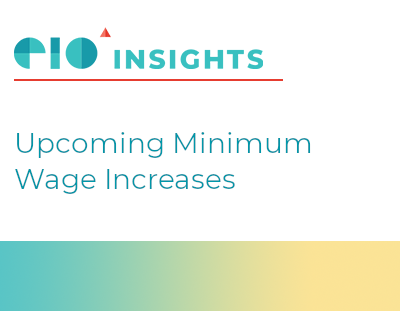Introducing a Flexible Work Environment in a Post-COVID World
The global pandemic forced employees out of brick-and-mortar offices and into virtual meetings and coffee and water dispensers have been replaced with Slack and Monday messages. This is the new normal for thousands of businesses (and their employees) around the world.
Now, as vaccination rates increase and business begin to reopen, how can you cater to a staff that has grown used to a more flexible work environment?
1. Let your employees choose what works best for them
Every employee has unique needs as we enter a post-COVID world. Some might have fully adjusted to working from home; some might be anxious to return; some might still be at risk health-wise; some might have new family obligations; and some might not have seen much change at all.
Take into consideration these unique needs and let your staff decide what working environment will help them remain healthy and productive–including offering remote work options.
2. Update and refresh your company culture
- Encouraging staff to keep their cameras on during virtual meetings
- Encouraging non-business related meetings during the workday, like a virtual game hour
- Keep employees in the loop regarding office plans and provide up-to-date information
- Provide employee support for challenges they face
Get Expert Help to Create Flexible Work Options!
On April 29, 2021, the Ontario Government passed Bill 284, Covid-19 Putting Workers First Act, 2021. This bill adds three (3) paid days of leave for reasons related to COVID-19.
Workers are now able to take up to three (3) days paid sick leave for reasons related to Covid-19 under the Ontario Covid-19 Worker Income Protection Benefit Program. A list of approved reasons for leave can be found here.
Employers can apply for reimbursement of paid leave of up to $200 a day for up to 3 days by applying through the Workplace Safety and Insurance Board here. (In accordance with section 50.1.1 of the Employment Standards Act)
Get Expert Advice on the Worker Income Protection Benefit
Have your revenues dropped due to COVID-19?
Many small businesses are struggling to stay afloat and cover their fixed costs, such as rent and insurance, while taking a negative impact on their revenues. Government assistance has emerged to help businesses pay for their rent, but many have had their fate put into the hands of their landlords to apply for the assistance. The new Canadian Emergency Rent Subsidy (CERS) is being introduced to provide rent relief for businesses and allows these businesses to apply to the assistance directly as opposed to waiting for their landlords to do so. What is the CERS and how does it work for small businesses?
- Rent and mortgage support available until June 2021 for qualifying organizations impacted by COVID-19
- Funds go directly to the business, not the landlord
- Can cover up to 65% percent of eligible expenses until December 19 2020
- Businesses are able to make claims retroactively for the period that began September 27 and ends October 24, 2020
- A top-up CERS of 25% for businesses temporarily shut down by a mandatory public health order issued by a qualifying public health authority—in addition to the 65% subsidy,—grants up to 90% of coverage for the hardest hit businesses!
TAKE ACTION Please reach out to your EIO Manager or click here to email us if you need help!




